Your cart is currently empty!

The Charging Chasseur – Théodore Géricault
The Charging Chasseur – Théodore Géricault is a masterpiece that transcends time, capturing the essence of a powerful and thrilling moment. This oil painting reproduction brings this extraordinary artwork to life, allowing you to experience the same emotions and awe-inspiring beauty as the original.
Crafted with the utmost c…
The Impact of Théodore Géricault’s “The Charging Chasseur” in Art History
Théodore Géricault’s “The Charging Chasseur,” completed around 1812, is a seminal work that encapsulates the early essence of French Romanticism. As Géricault’s first publicly exhibited painting, it marks a significant departure from the prevailing Neoclassical ideals of his time. The work embodies the dynamism and emotional intensity that would come to define the Romantic movement, establishing Géricault as a key figure in the transition from Classicism to Romanticism in art.
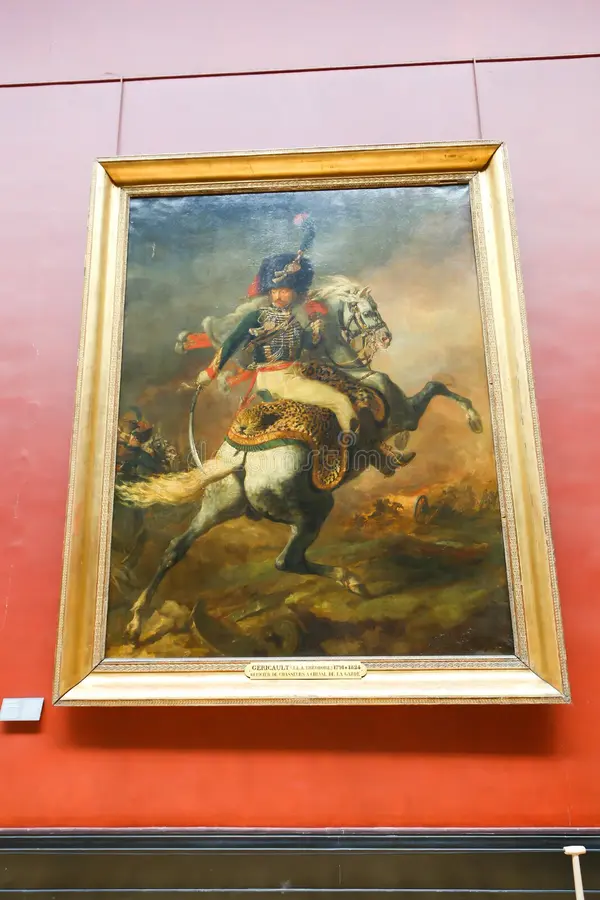
Artistic Context: A Turning Point in French Art
The early 19th century was a period of considerable social and political upheaval in France, characterized by the aftermath of the French Revolution and the rise of Napoleon Bonaparte. Géricault, influenced by these tumultuous events, sought to capture the spirit of his time through his art. “The Charging Chasseur” serves as an early Romantic masterpiece, conveying not only a sense of action and movement but also a deeper emotional resonance.
In contrast to the restrained elegance of Neoclassical art, which emphasized clarity, order, and harmony, Géricault’s work embraces the chaos and unpredictability of human experience. The painting showcases a mounted Chasseur, or cavalryman, charging forward, symbolizing the fervor and heroism associated with the Napoleonic Wars. This dramatic representation of military valor resonates with contemporary audiences, creating a powerful visual narrative that speaks to the era’s aspirations and conflicts.
Stylistic Elements: Movement and Energy
At the heart of “The Charging Chasseur” lies Géricault’s masterful manipulation of composition and brushwork. The dynamic diagonal arrangement of the figures and the tumultuous movement of the horse create a sense of immediacy that pulls the viewer into the action. This choice of composition is crucial in establishing the painting’s emotional intensity, as it breaks away from the static representations typical of Neoclassical art.
The vigorous brushstrokes employed by Géricault further contribute to the painting’s energy. The bold application of paint captures the raw power of the horse and rider, while also conveying the tumultuous atmosphere of battle. Géricault’s approach to color and light enhances this sense of movement; the contrasts between light and shadow heighten the drama, evoking a feeling of urgency and chaos.
In his exploration of movement and structure, Géricault demonstrates a keen understanding of the human form and anatomy. The Chasseur’s posture, rearing back in the saddle while brandishing his sword, exemplifies the physicality and dynamism that Géricault sought to achieve. This emphasis on the body in motion not only reinforces the painting’s theme of heroism but also marks a significant shift away from the idealized figures of the Neoclassical tradition.
Inspiration and Divergence from Classicism
Géricault’s work does not exist in a vacuum; it is informed by the artistic achievements of his predecessors, notably Jacques-Louis David. David’s painting “Napoleon Crossing the Alps” serves as a point of comparison, as both works depict mounted figures in heroic poses. However, Géricault diverges significantly from David’s Neoclassical style. While David’s composition is characterized by a sense of grandeur and control, Géricault’s painting is imbued with an emotional charge and a sense of chaos that challenges traditional ideals.
The influence of Peter Paul Rubens is also evident in “The Charging Chasseur.” Géricault draws inspiration from Rubens’s “Saint George,” particularly in the depiction of the rearing horse and the dramatic poses of the figures. This homage to Rubens reflects Géricault’s awareness of the Baroque tradition and his desire to integrate its dynamic elements into his own Romantic vision. The fusion of these influences demonstrates Géricault’s innovative approach to composition and his ability to transcend the boundaries of established artistic conventions.
A Foreshadowing of Future Masterpieces
“The Charging Chasseur” can be viewed as a precursor to Géricault’s later works, particularly “The Raft of the Medusa” (1818-1819). In this later masterpiece, Géricault further explores themes of human suffering, survival, and social critique, marking a more profound departure from classical conventions. “The Raft of the Medusa” reflects Géricault’s growing commitment to addressing contemporary social issues and the human condition, paving the way for future artists to engage with similar themes.
The connection between the two works lies in their shared emphasis on movement and emotional depth. While “The Charging Chasseur” captures the exhilaration of battle, “The Raft of the Medusa” confronts the stark realities of despair and hope. Together, these paintings establish Géricault as a pioneering figure in the Romantic movement, whose exploration of emotion and dynamic composition would influence subsequent generations of artists.
Cultural Impact and Contemporary Reinterpretation
“The Charging Chasseur” continues to resonate in contemporary art, exemplified by Kehinde Wiley’s reinterpretation in his 2007 painting “Officer of the Hussars.” Wiley replaces the Napoleonic soldier with a young Black man dressed in modern attire, prompting a dialogue about race, representation, and power dynamics within art history. This reimagining challenges traditional narratives and invites viewers to reconsider the significance of heroism and identity in the context of contemporary society.
Wiley’s work serves as a powerful commentary on the representation of marginalized identities in art, drawing attention to the historical absence of Black figures in heroic roles. By situating a contemporary Black man within the framework of Géricault’s painting, Wiley not only honors the original work but also transforms it into a vehicle for social critique. This cultural reinterpretation underscores the ongoing relevance of Géricault’s themes, as artists continue to grapple with issues of identity, representation, and power.
Conclusion
Théodore Géricault’s “The Charging Chasseur” stands as a pivotal work in the history of art, embodying the spirit of early Romanticism while simultaneously challenging the conventions of Neoclassicism. Through its dynamic composition, energetic brushwork, and emotional depth, the painting captures the essence of heroism and movement, setting the stage for Géricault’s later masterpieces. The work’s cultural impact extends beyond its historical context, inspiring contemporary artists like Kehinde Wiley to engage with themes of representation and identity. As a testament to the enduring power of art, “The Charging Chasseur” remains a vital piece of the narrative that explores the evolution of artistic expression and its relevance in our contemporary world.
Théodore Géricault
Théodore Géricault was a pioneering French Romantic painter known for his dramatic compositions and emotional intensity, most famously exemplified in works like “The Raft of the Medusa” and “The Charging Chasseur.”
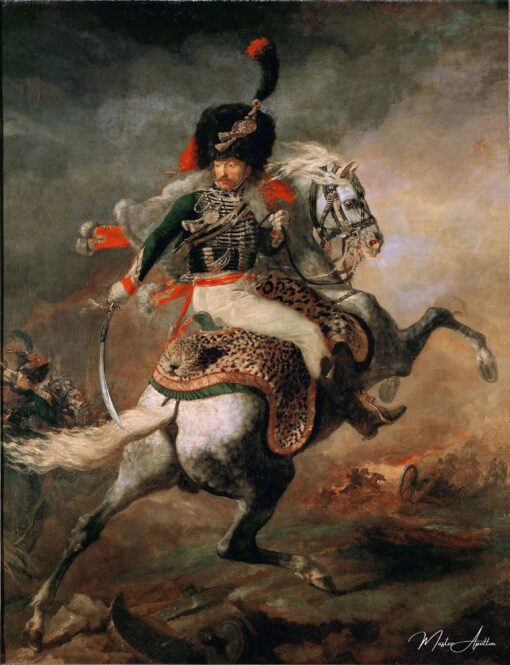
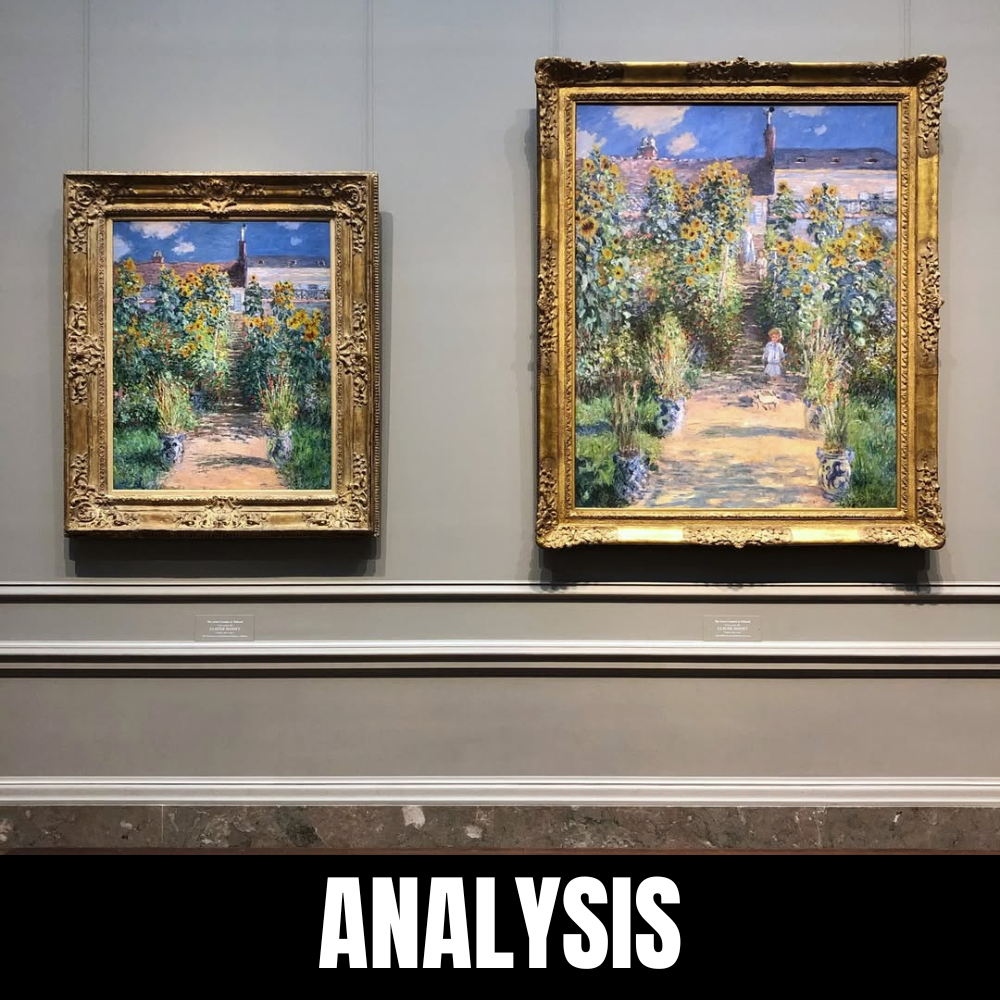
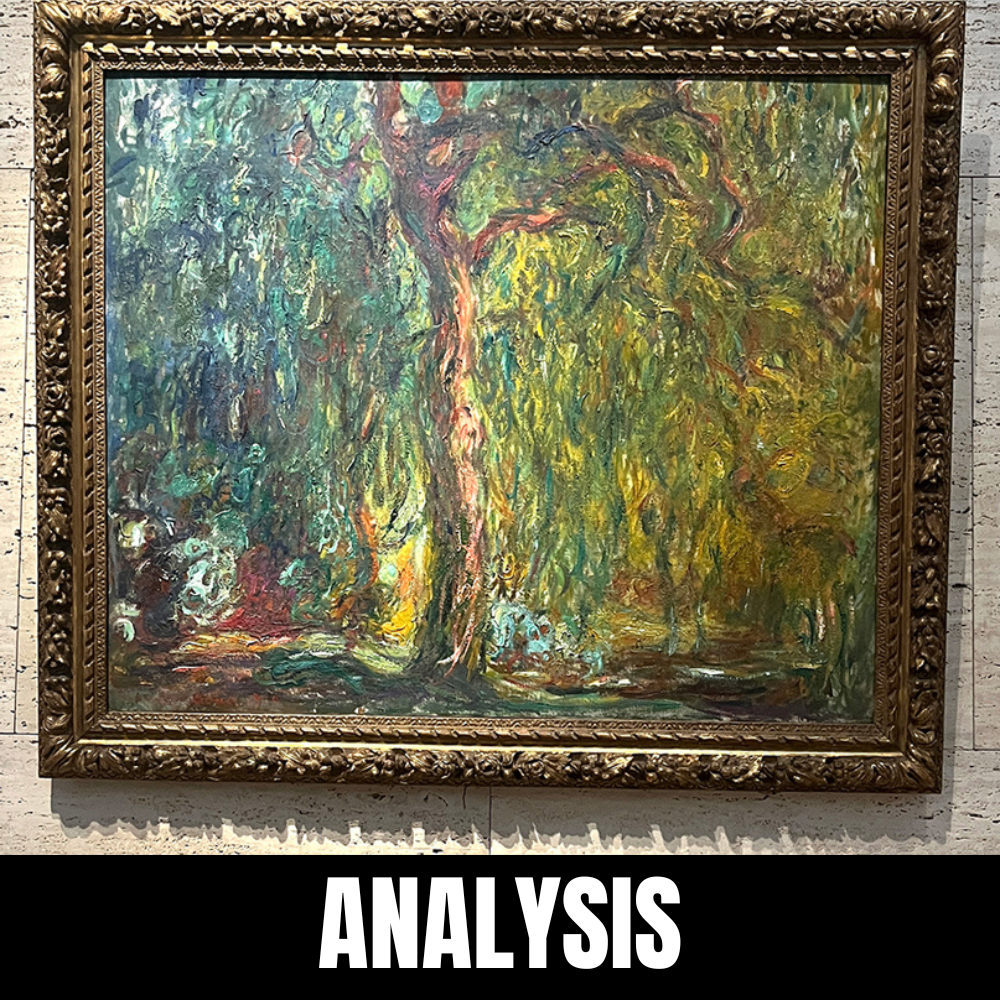
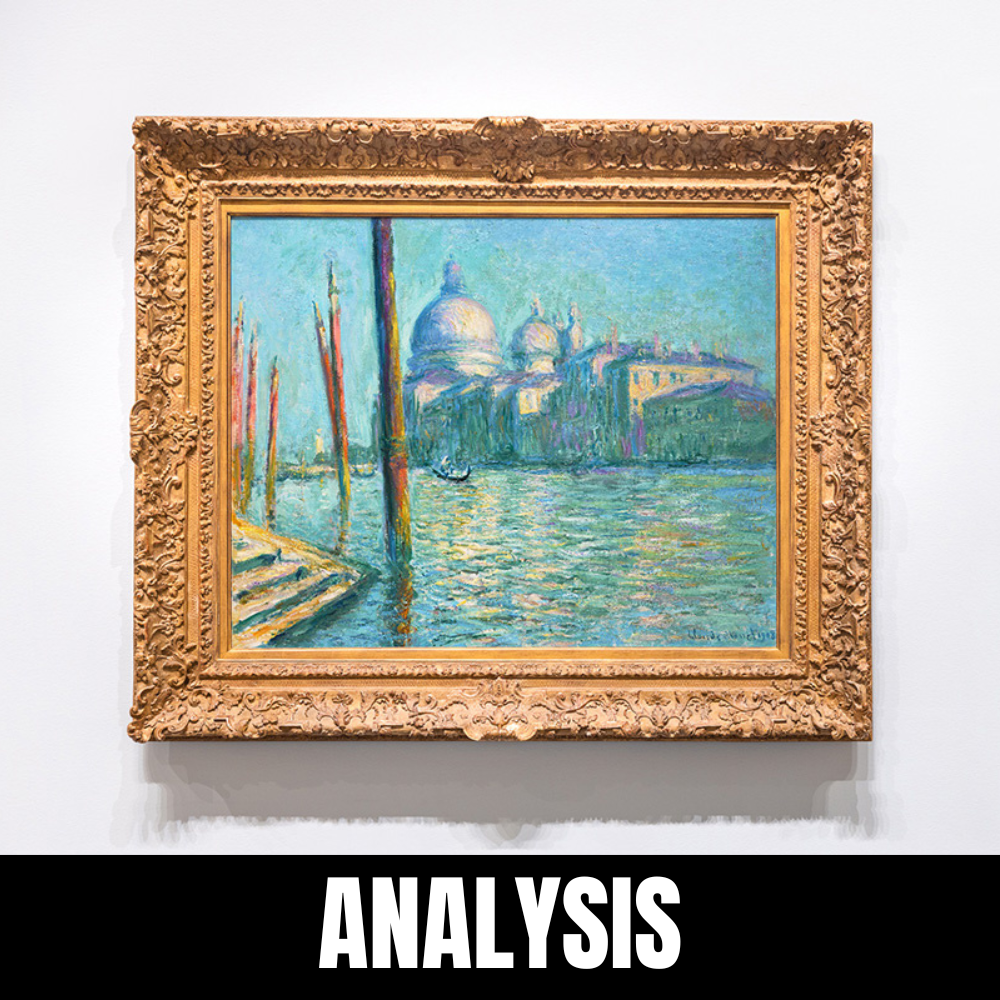
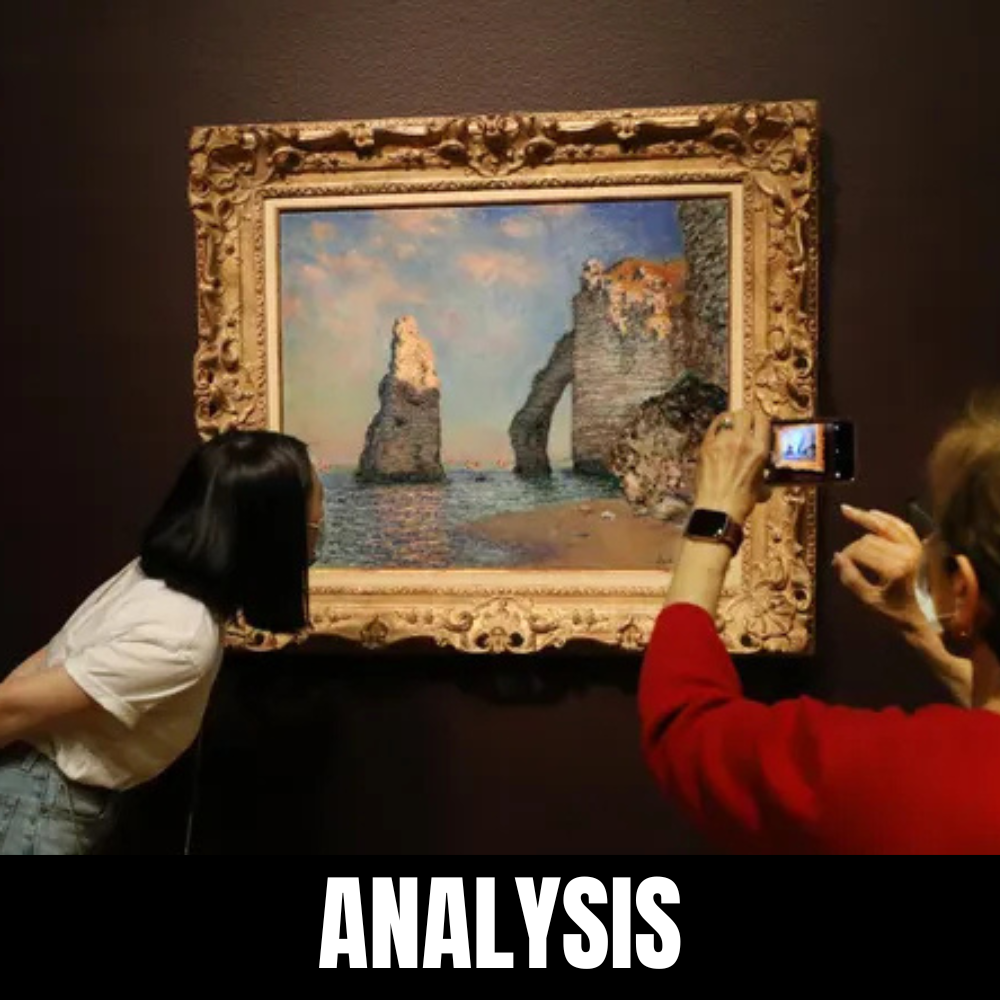
Leave a Reply